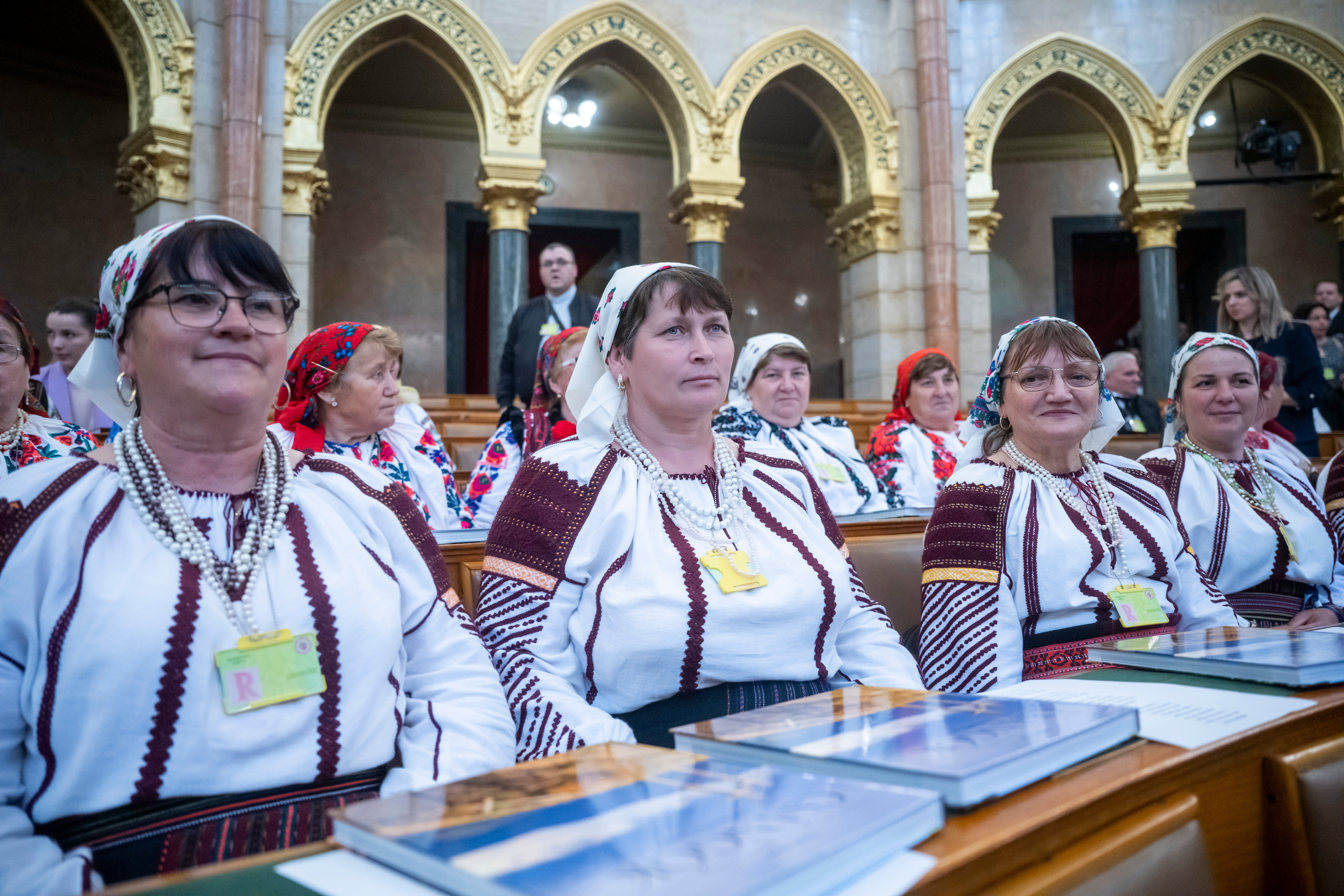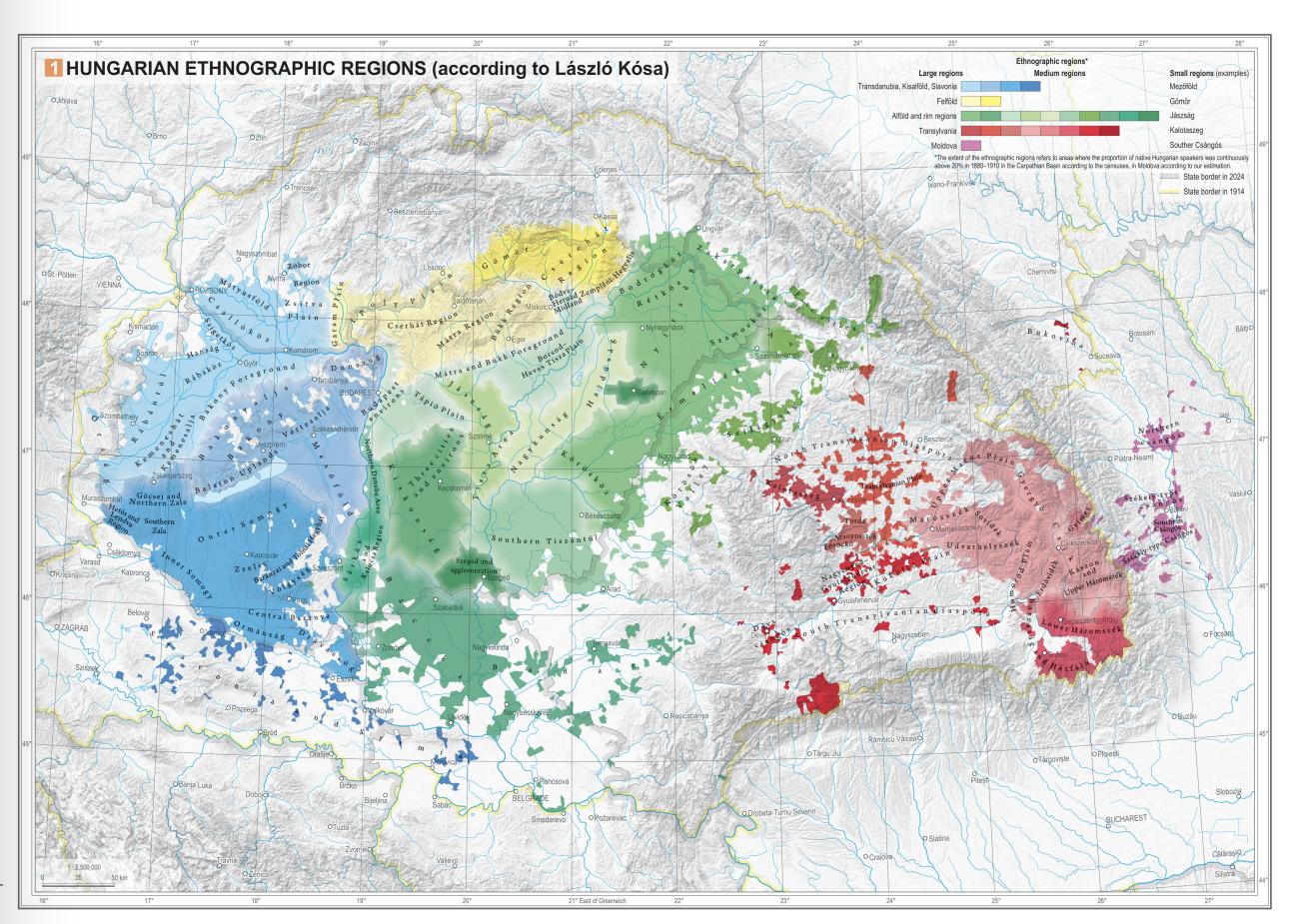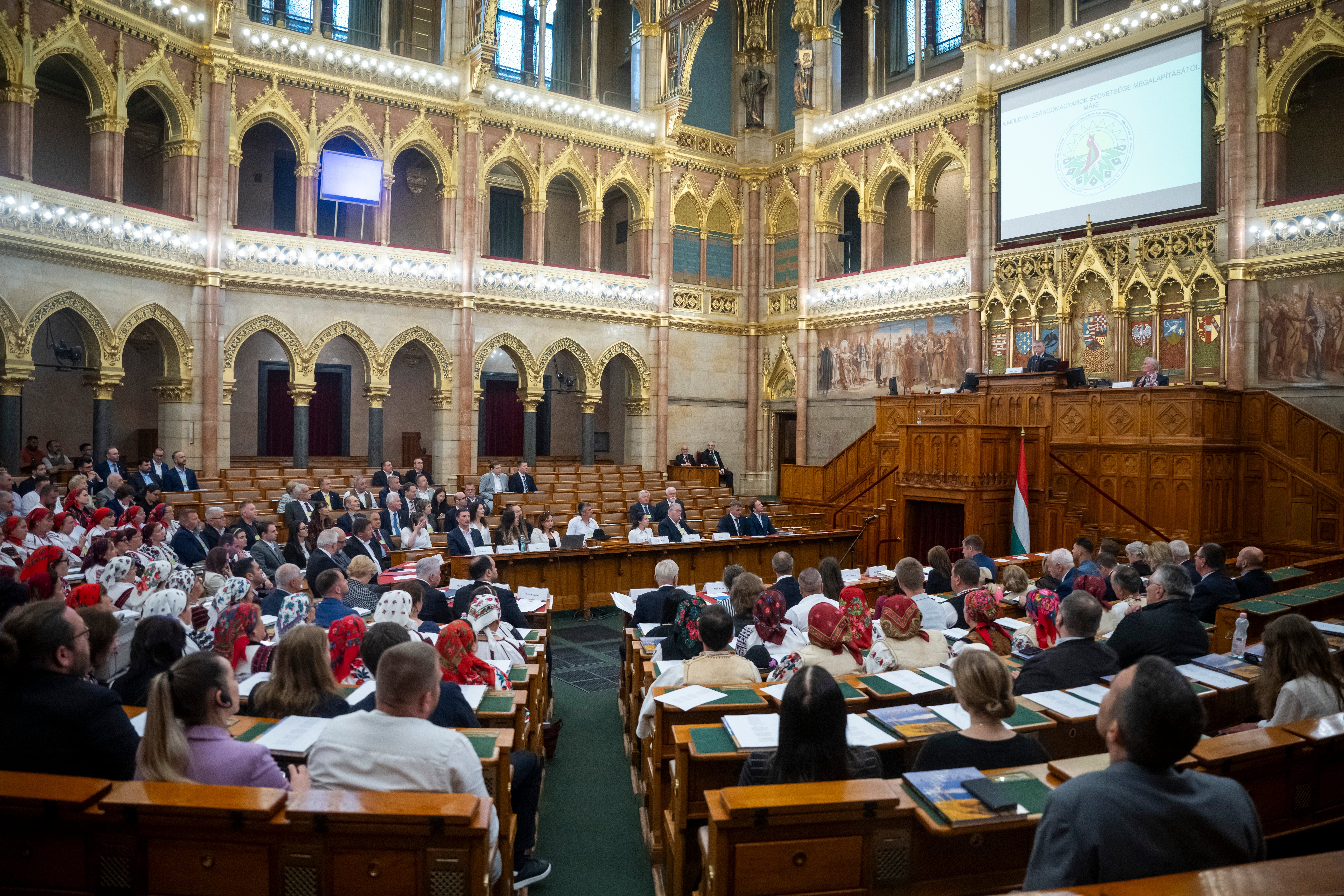
The event showed authentic Hungarian culture to Americans through folk music, dance, and workshops for children.Continue reading

A conference was held in Budapest in the Parliament Building on the situation of the Csángó (Romanian: Ceangăi) community. “We celebrated the Csángó Hungarian community, which sets an example for us Hungarians in Transylvania,” Hunor Kelemen reported on his Facebook page about the event.
The president of the Democratic Alliance of Hungarians in Romania (RMDSZ) wrote in his post: “The Csángó people were often lonely and often felt that the world had forgotten them. But they did not turn their backs on the church, they did not abandon mass, and they did not stop singing folk songs. They knew what we know, that the language of the soul is the last thing that can be lost and the first thing that must be preserved. (…) Let us take care of each other – our freedom, our traditions, our language, and our faith!”
The unified Hungarian nation continues to exist unchanged in the 21st century, said House Speaker László Kövér at the conference organized by the International Children’s Safety Service. He emphasized that although members of the nation live in different circumstances, they share a common historical destiny both within and outside the Carpathian Basin.
The fate of the Csángó Hungarians, who have “often been attacked for their identity and accompanied by discord and self-abandonment,” holds up an imaginary mirror to all Hungarians and all Europeans,
he stated. “In this mirror, many things can be seen by those who not only want to look, but also want to see,” he added, noting that not only has history been harsh to the Csángó Hungarians, but we Hungarians have also sometimes forgotten about them. “However, the imaginary mirror also shows that the Csángó fate, which smolders in the struggle between self-identity and self-abandonment, the preservation and change of identity, the struggle between feeling at home and alienation, are also deeply European challenges, both Hungarian and Romanian, which no one can avoid,” stressed the Speaker of the House. He declared that we must face this challenge and overcome it.

Photo: National Atlas of Hungary
László Kövér called the greatest achievement of the Association of Moldavian Csángó Hungarians the fact that they have been working for thirty-five years to revive the Moldavian Hungarian identity, which had previously been suppressed many times. “And they have succeeded,” he emphasized, noting that the history of the association is a success story. The House Speaker also stated that
there are no lost causes in Hungarian national policy as long as there are people ready to serve and as long as there is a responsible and capable Hungarian state.

Participants of the conference in the Parliament. Photo: MTI/Balogh Zoltán
The most important goal of the government is national unification, emphasized Deputy Prime Minister Zsolt Semjén at the conference. “The Csángó world is a unique world, as it is an indigenous Hungarian community that was not formally part of the Hungarian Kingdom. At the same time, we cannot say that they are a diaspora, as they did not emigrate but live in Moldova as indigenous people,” he pointed out. He added that this is precisely why special forms of support must be implemented to ensure the survival of the Csángó Hungarians.
According to the Deputy Prime Minister, two tasks must be carried out simultaneously to ensure that all ethnic groups can survive. One is public law unification, he said. He noted that this is why it was crucial to pass a citizenship law that could be extended to the Csángó Hungarians. The other task is to preserve our identity, he underlined.
He also pointed out that
Catholicism is an essential element of the Csángó Hungarian identity.
Zsolt Semjén called it a significant step forward that there is now a Hungarian mass in Csángóföld, and he thanked the Hungarian priests who agreed to travel to Moldova to celebrate mass even during difficult times. The politician also pointed out that enormous progress has been made in strengthening education: many Hungarian houses have been built, and a network of dormitories, a scholarship system, and various extracurricular programs are helping to preserve the Csángó Hungarian community. He said that thanks to all this, the number of Csángó Hungarians living in Csángó Land has increased, as has the number of people attending Hungarian institutions, which is “exemplary for the entire Hungarian national policy.”
Via MTI, Featured photo via MTI/Balogh Zoltán